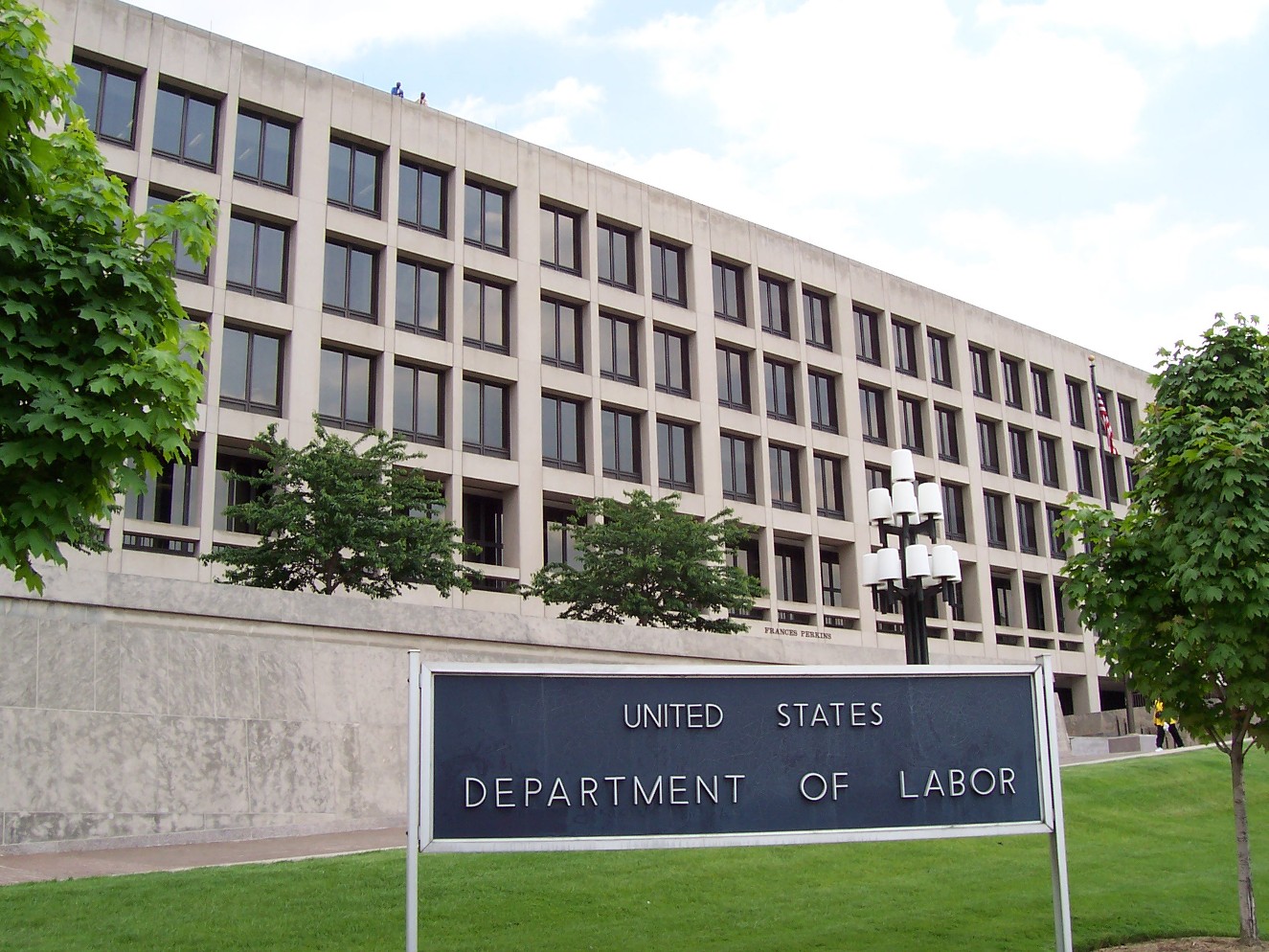Search
U.S. Department of Labor issues new FMLA fact sheet for joint employers
No, that’s not my law school pickup line. That would be a terrible pickup line; I’d be a lonely, single, blogging employment lawyer, sitting alone by candlelight eating baked beans out of the can.
Actually, it’s the question that Dr. David Weil, administrator of the U.S. Department of Labor’s Wage and Hour Division, asks in this blog post. And, here’s his answer: “In a nutshell, joint employment exists when a person is employed by two or more employers such that the employers are responsible, both individually and jointly, for compliance with a statute.”
Does that sound like your business? Well, then, read Dr. Weil’s blog post.
Then, check out this brand new Fact Sheet: “Joint Employment and Primary and Secondary Employer Responsibilities Under the Family and Medical Leave Act (FMLA).” Here are the highlights:
- With joint employers, one is the primary employer; the other is the secondary employer (duh!). But, to determine which is which, it often comes down to issues of employee control, pay, leave, and benefits.
- Employees who are jointly employed get counted towards the 50-employee FMLA thresholds of each employer. But, for the 50/75 rule, the employee’s worksite is the primary employer’s office from which the employee is assigned or to which the employee reports. (If the employee has physically worked for at least one year at a facility of a secondary employer, then the employee’s worksite is that location).
- The primary employer must do all the heavy lifting: give required FMLA notices, provide leave, maintain group health insurance benefits during the leave, and restore the employee to the same job or an equivalent job upon return from leave.
- The secondary employer can’t interfere with an employee’s FMLA rights. This is true even if the secondary employer isn’t an FMLA-covered employer. And, in certain circumstances, it must restore the employee to the same or equivalent job upon return from FMLA leave.
Heck, I’ll make it even easier for you. Here is a chart comparing the responsibilities of primary and secondary employers.
 The Employer Handbook Blog
The Employer Handbook Blog



